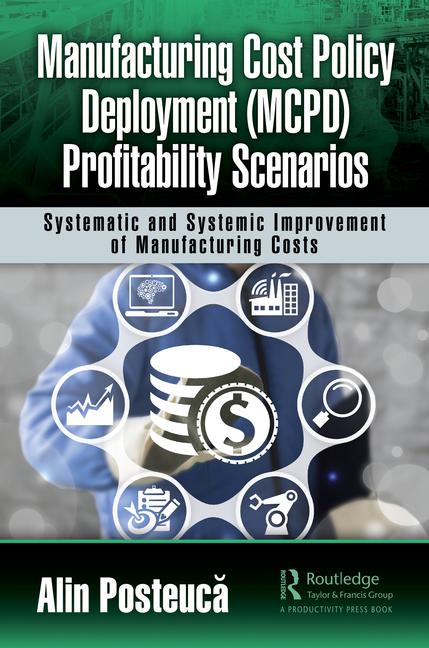Researchers Hope AI Will Increase Perovskite Solar Cell Manufacturing

CAMBRIDGE, MA and STANFORD, CA—A team of MIT and Stanford University researchers have developed a machine-learning-based system that increases the feasibility of manufacturing perovskite solar cells, which have an energy conversion efficiency of 18.5 percent. Compared to photovoltaic cells, perovskite ones are much thinner and lighter, cheaper and easier to transport and install, and can be made with ultra-high throughput at room temperature instead of at hundreds of degrees.
The research team includes MIT professor of mechanical engineering Tonio Buonassisi, Stanford professor of materials science and engineering Reinhold Dauskardt and several others. Their production system uses the mathematical technique Bayesian Optimization to integrate data from prior experiments and information based on personal observations by experienced workers into the machine learning process. This results in more-accurate outcomes.
In the lab, a spin-coating technique is used to develop perovskite materials. Unfortunately, this approach is not practical for larger-scale manufacturing. As a result, companies and labs around the world have been searching for ways to translate lab materials into a practical, manufacturable product.
For the MIT-Stanford team, it meant looking at a method called rapid spray plasma processing, or RSPP. This method involves applying the perovskite compound by spray or ink-jet to a series of sheets as they roll by. The material is then moved to a curing stage, resulting in a throughput that is higher than for any photovoltaic technology.
Looking for a reprint of this article?
From high-res PDFs to custom plaques, order your copy today!







